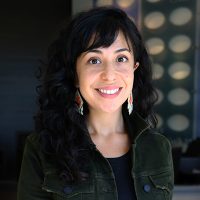Supporting Indigenous-Led Solutions to Health Equity and Racial Justice
October 10, 2022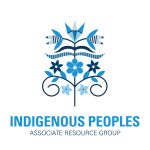 Indigenous Peoples’ Day is a national holiday celebrated on the second Monday of October in place of Columbus Day. Indigenous Peoples’ Day is a time to celebrate the past, present and futures of Indigenous peoples throughout the United States. The holiday also provides an opportunity to move beyond a narrative that celebrates the “discovery” of Indigenous homelands to one that honors the rich contributions, diverse cultures and innovations of contemporary Indigenous peoples.
Indigenous Peoples’ Day is a national holiday celebrated on the second Monday of October in place of Columbus Day. Indigenous Peoples’ Day is a time to celebrate the past, present and futures of Indigenous peoples throughout the United States. The holiday also provides an opportunity to move beyond a narrative that celebrates the “discovery” of Indigenous homelands to one that honors the rich contributions, diverse cultures and innovations of contemporary Indigenous peoples.
In honor of Indigenous Peoples Day, Blue Cross and Blue Shield of Minnesota, through the leadership of our Indigenous Peoples Resource Group, is examining the state of Indigenous health, the root causes of health inequities experienced by Indigenous peoples and helping our associates and members become better allies.
The State of Indigenous Health
According to data from the National Center for Health Statistics, between 2020 and 2021, life expectancy for Indigenous peoples in the U.S. fell by six and a half years as a direct result of the COVID-19 pandemic. In 2021, life expectancy for an Indigenous person was 65.2 years –the same age as the life expectancy of the total U.S. population in 1944.
The CDC recognizes that, “compared with other racial and ethnic groups, American Indians/Alaska Natives have a lower life expectancy, lower quality of life and are disproportionately affected by many chronic conditions.” Indigenous peoples have the highest rates of diabetes of any ethnic group in the U.S., and die at higher rates than other Americans in many categories, including liver disease, cirrhosis, diabetes, suicide and chronic lower respiratory diseases.
These statistics illuminates how Indigenous peoples are disproportionately impacted by systemic racism, the ongoing legacy of colonization and lack access to quality and culturally relevant healthcare.
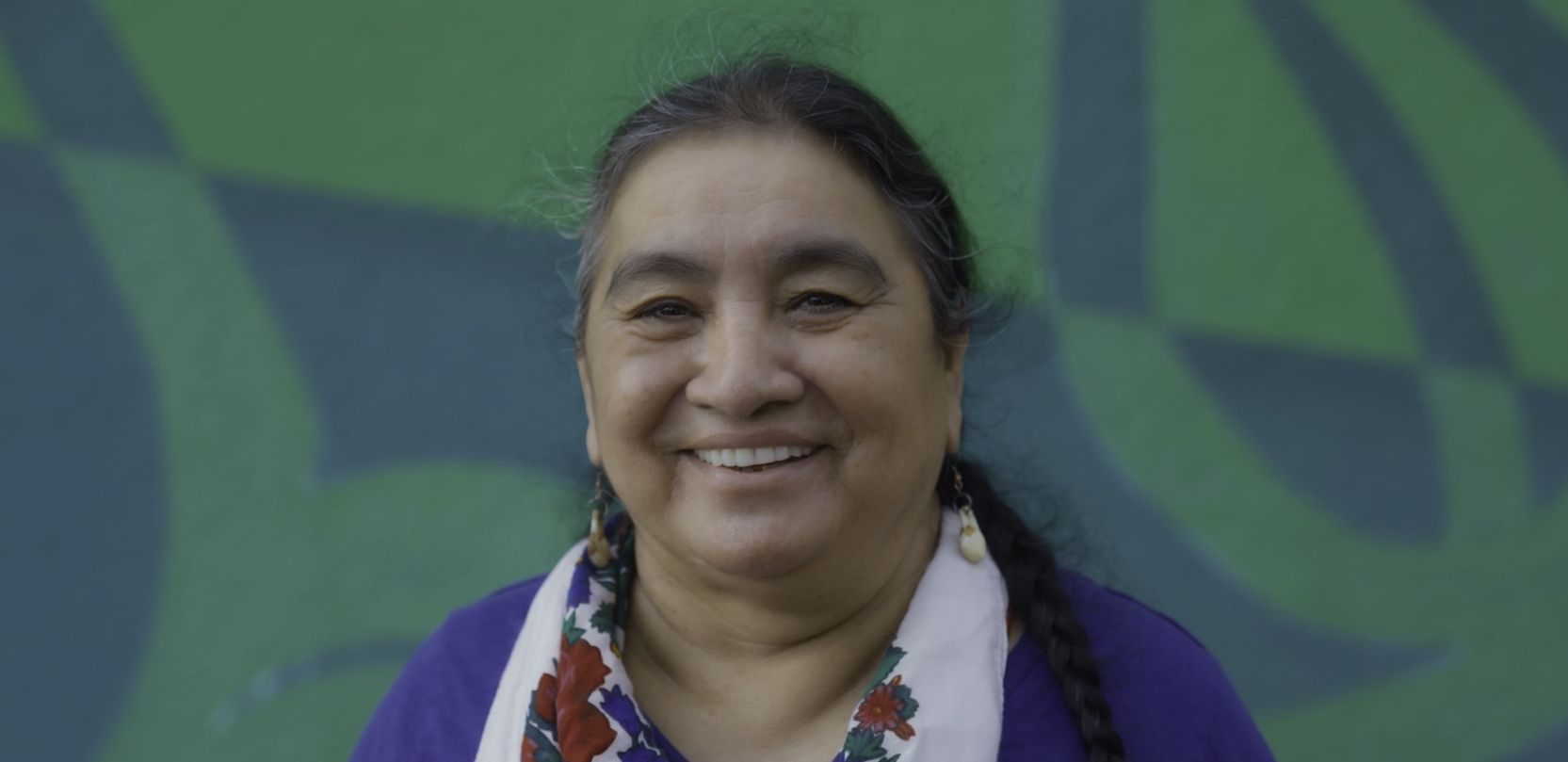
Understanding the Systemic and Root Causes of Health Inequities
Indigenous peoples are one of the most underserved populations in the U.S. We cannot address Indigenous health inequities without first understanding the systemic root causes: racism, colonization, unequal access to healthy foods and clean water and insufficient funding for health infrastructure.
Treaties between tribes and the U.S. mandate the federal government provide healthcare, but more than a century of underfunding, along with the loss of traditional foods and lifeways, means Indigenous Peoples face tremendous systemic barriers to achieving health equity.
According to the National Congress of American Indians, “as stated in treaties with tribes, health care is guaranteed to American Indian and Alaska Native people in perpetuity in exchange for the millions of acres of lands—the lands that now make up the United States.” The U.S. federal government fulfills its responsibility to provide healthcare to Indigenous peoples through the Indian Health Service (IHS). IHS oversees the delivery of health services through direct IHS clinics, tribally operated clinics and urban Indian health clinics. Over 2,000 facilities provide primary care to enrolled tribal citizens and descendants.
Even before the pandemic, IHS was grossly underfunded and faced significant staffing shortages. Federal government spending on health care for American Indians is less than that of almost any other population. In 2016, the federal government spent $8,602 per capita on health care for federal inmates compared with only $2,843 per patient within the Indian Health Service. In 2017, the IHS spent $3,332 per patient, according to a report by the National Congress of American Indians. That same year, Medicaid spent $7,789 and Medicare spent $12,829 per patient, the report said.
In addition to under-resourced healthcare, historical trauma, forcible removal from ancestral homelands and colonial violence continue to dramatically impact the mental and physical heath of Indigenous peoples today.
“A long history of genocide and the American Indian boarding school experience has led to pervasive and unresolved historical trauma and its associated poor mental health outcomes,” said Donald Warne, MD, MPH. “If we are ever going to get to equity, we have to walk through truth, even when it’s unpleasant. Even when it makes us uncomfortable.”
Beyond Negative Statistics: Indigenous Communities as Assets
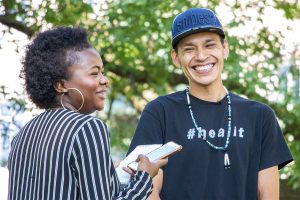
While it’s imperative to look at the injustices Indigenous communities experience, Indigenous peoples are far more than the inequities they experience. All too often, healthcare only references Indigenous peoples as negative statistics, without providing context for why these inequities exist, or looking at Indigenous communities as solutions and assets.
When Indigenous communities are only depicted as negative statistics or deficits, it can fuel racist assumptions and promote they idea that individuals and communities are “broken” and need to be “saved.” This type of thinking is dangerous because it assumes that solutions should come from the outside and ignores the assets that exist within communities.
Indigenous communities hold the solutions to the challenges they face and are leading efforts to create a healthier future for all peoples. Here are some simple steps you can take to support Indigenous peoples:
- Take time to learn more about the contributions, histories and lived experiences of Indigenous peoples
- Challenge yourself to examine your own bias and blind spots
- Ensure that Indigenous voices are present, uplifted and amplified
- Invest in and support Indigenous-led work
- Advocate for policies that advance well-being in Indigenous communities
- Actively challenge stereotypes and racist assumptions
- Advocate to have Indigenous peoples accurately represented in data
- Make sure that Indigenous peoples are not reduced to negative health statistics without providing context and understanding of underlying factors
At Blue Cross, we are committed to investing in Indigenous led, culturally based solutions to address health inequities and improve health outcomes. Here are a few examples of how we have invested in Indigenous communities working to improve equitable health outcomes this past year:
National Native American Boarding School Healing Coalition (NABS)
As part of our ongoing commitment to advance racial and health equity in Minnesota, Blue Cross is supporting NABS through the Racial Equity Action Committee for Health (REACH). With support from Blue Cross, NABS is providing culturally based healing and mental health resources for survivors of Indian boarding schools and their families.
The Indigenous Food Network (IFN)
The Center for Prevention supports the work of the IFN, to create an Indigenous urban model of food sovereignty. The IFN is led by Dream of Wild Health and guided by the vision reclaiming Indigenous health and recognizing food as medicine.
Northwest Indian Community Development Center
The Northwest Indian Community Development Center’s mission is to identify, coordinate and deliver resources that promote wellness and equity for Indigenous families in northwest and north-central Minnesota. The Blue Cross and Blue Shield of Minnesota Foundation directly supports Northwest Indian Community Development Center to increase access to healthcare coverage.
With support from the Center for Prevention, Lower Sioux is working to increase support for healthy behaviors within the community. This includes increasing participation in cultural activities and implementing a worksite wellness program, supported by the tribal council.
Resources
Cultural Humility Documentary Series
Listen
Remembering Resilience Podcast
Watch
